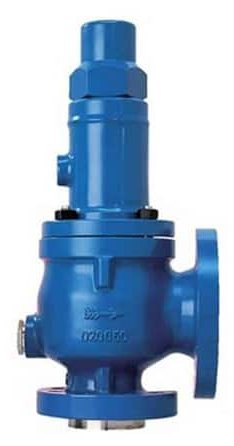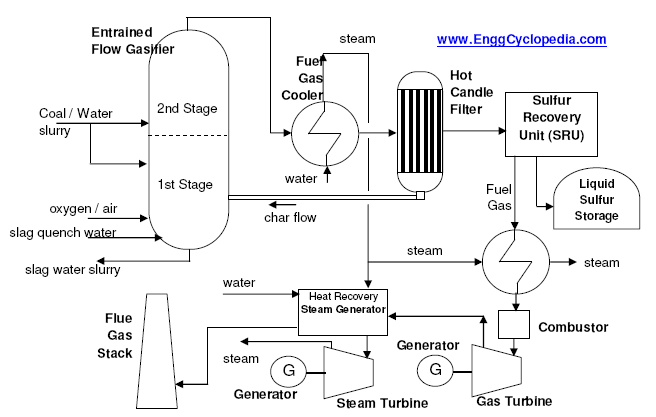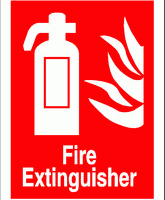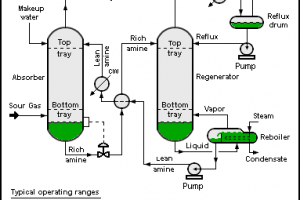'Pressure Safety Valve' and 'Pressure Relief Valve' are commonly used terms to identify pressure relief devices on a vessel. Frequently these terms are used interchangeably and it may entirely depend on a particular project or company standards to identify all the pressure relief devices either as 'safety valves' or as 'relief valves' or sometimes even as 'safety relief valves'. Although freely used interchangeably, these terms differ in the some aspects. This post outlines the key differences between pressure relief valves and pressure safety valves.
Table of content:
1.What is pressure relief valve?
2. What is pressure safety valve?
3. PRV vs PSV
What is pressure relief valve?
Pressure Relief Valve is the term used to describe a relief device on a liquid filled vessel. For such a valve the opening is proportional to an increase in the vessel pressure. Hence the opening of valve is not sudden, but gradual if the pressure is increased gradually. This gradual opening helps to prevent the sudden release of a large amount of pressure.
The primary purpose of a pressure relief valve is to maintain pressure within a safe operating range. When the pressure reaches or exceeds the desired setpoint, PRV opens gradually to release excess pressure, by releasing a portion of fluid. This reduces pressure and brings back it to a safe level. Thus, pressure relief valves prevent the system from exceeding the maximum allowable working pressure and prevent equipment failure or hazardous situations.
What is pressure safety valve?
Pressure Safety Valve is the term used to describe relief device on a compressible fluid or gas filled vessel. For such a valve the opening is sudden. PSVs are designed to respond rapidly to pressure changes and provide reliable protection against potential hazards. When the pressure exceeds setpoint pressure, PSV releases the excess pressure by fully opening and diverting the fluid.
Unlike a pressure relief valve (PRV), which releases pressure and remains open until the pressure drops below the set point, a PSV automatically closes when the pressure drops below the set point.
PRV vs PSV
| Characteristic | Pressure Safety Valve (PSV) | Pressure Relief Valve (PRV) |
|---|---|---|
| Opening behavior | PSVs open fully when the pressure exceeds the set point pressure. | PRV opens gradually to release excess pressure and modulate the flow to maintain a specific pressure range. |
| Application | PSVs are commonly used for safety applications where the primary concern is to prevent catastrophic overpressure situations. | PRVs are used for pressure control and regulation in systems where maintaining a specific pressure range is critical. |
| Response Time | PSVs are designed to respond rapidly to sudden overpressure conditions, opening fully within milliseconds. | PRVs are slower in response and continuously adjust the flow to maintain the desired pressure range. |
| Capacity | PSVs are typically designed for larger flow rates to handle the maximum possible discharge during overpressure events. | PRVs are usually designed for smaller flow rates since they handle continuous but smaller pressure releases. |
| Set Pressure | PSVs have a fixed set pressure, typically calibrated based on system requirements. | PRVs have a pressure range with a set pressure at the upper limit. |






